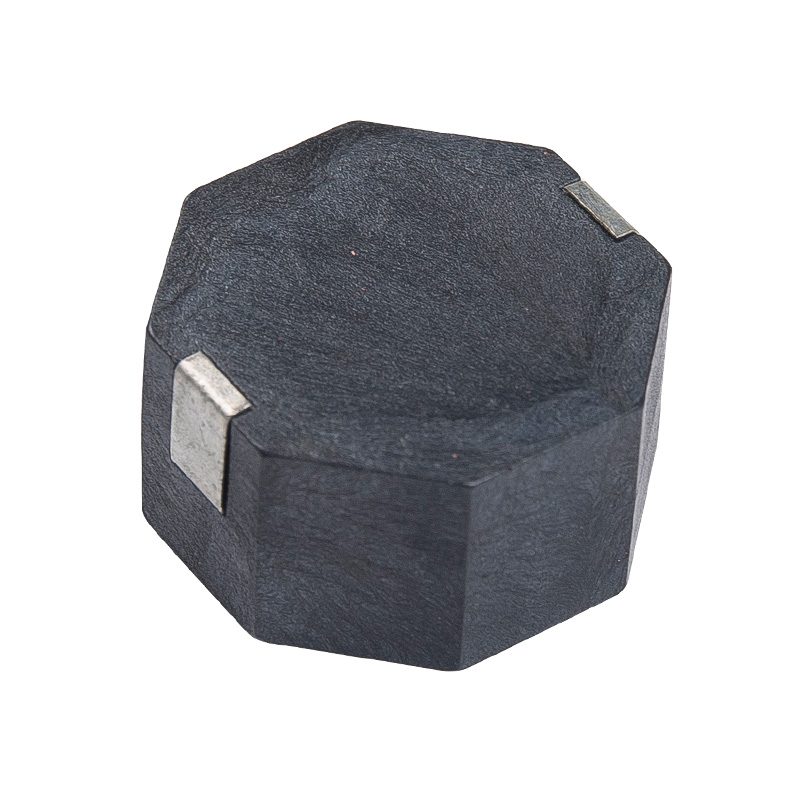Piezo Buzzer's piezoelectric crystals and ceramic components are highly sensitive to electrical signals due to their intrinsic piezoelectric properties. The sensitivity arises from the inherent ability of these materials to generate mechanical deformation in response to electrical voltage changes, and vice versa. Several factors contribute to this sensitivity:
1. Piezoelectric Effect: The piezoelectric effect is a phenomenon in which certain materials, such as quartz crystals, lead zirconate titanate (PZT), and other piezoelectric ceramics, exhibit a change in shape or mechanical deformation when subjected to an electric field. Conversely, they also produce an electric charge when mechanically deformed.
2. Lattice Structure: The high sensitivity of piezoelectric materials is rooted in their crystal lattice structure. These materials have an asymmetrical arrangement of positive and negative charges within their crystal structure. When an electric field is applied, it induces stress within the material, causing a mechanical response.
3. Dipole Alignment: Piezoelectric materials consist of electric dipoles (pairs of positive and negative charges) that are naturally aligned in their unstrained state. When an electric field is applied, it disrupts the dipole alignment, causing the material to deform.
4. Electrostrictive Effect: In addition to the primary piezoelectric effect, piezoelectric materials also exhibit the electrostrictive effect. This effect is responsible for the secondary deformation that occurs when the dipoles respond to the applied voltage. It further enhances the sensitivity of the material.
5. Direct and Inverse Piezoelectric Effects: The direct piezoelectric effect refers to the generation of an electric charge in response to mechanical deformation, while the inverse piezoelectric effect refers to the generation of mechanical deformation in response to an applied electric field. Both effects are fundamental to the sensitivity of piezoelectric materials.

6. Effective Conversion: Piezoelectric crystals and ceramics are highly efficient at converting electrical energy into mechanical motion. Even relatively low-voltage electrical signals can induce significant mechanical deformation, resulting in vibration and sound production.
7. Instantaneous Response: The response of piezoelectric materials to electrical signals is virtually instantaneous. When voltage is applied or removed, the material immediately changes shape, allowing for rapid signal transmission.
8. Precise Signal Conversion: Piezoelectric materials provide precise signal conversion, making them suitable for applications requiring accuracy, such as sensors and acoustic devices.
9. Voltage-Dependent Strain: The magnitude of the mechanical deformation is directly proportional to the magnitude of the applied voltage. This linear relationship allows for fine control over the extent of deformation and sound production.
The inherent sensitivity of piezoelectric materials to electrical signals makes them valuable in various applications, including Piezo Buzzers, ultrasonic sensors, microphones, actuators, and more. Their ability to rapidly and accurately respond to electrical changes is particularly advantageous in applications requiring real-time feedback or precise control.


 EN
EN  English
English Deutsch
Deutsch 中文简体
中文简体
